Current Suspected Overdose Deaths in Delaware for 2025: Get Help Now!
Find school water testing results and additional resources
Attention Medicaid Participants: Eligibility Renewals Restarted April 1, 2023
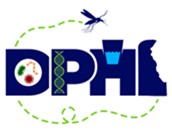
Mission: To provide accurate and timely analytical data, information and consultation to protect and enhance the health of the people of Delaware.
Vision: To be recognized as a vital component of the public health team, providing a wide range of laboratory expertise and services using state of the art technologies.
Website: DPH Services: Laboratory Services | Delaware Health and Social Services | State of Delaware
Phone:1-302-802-5000
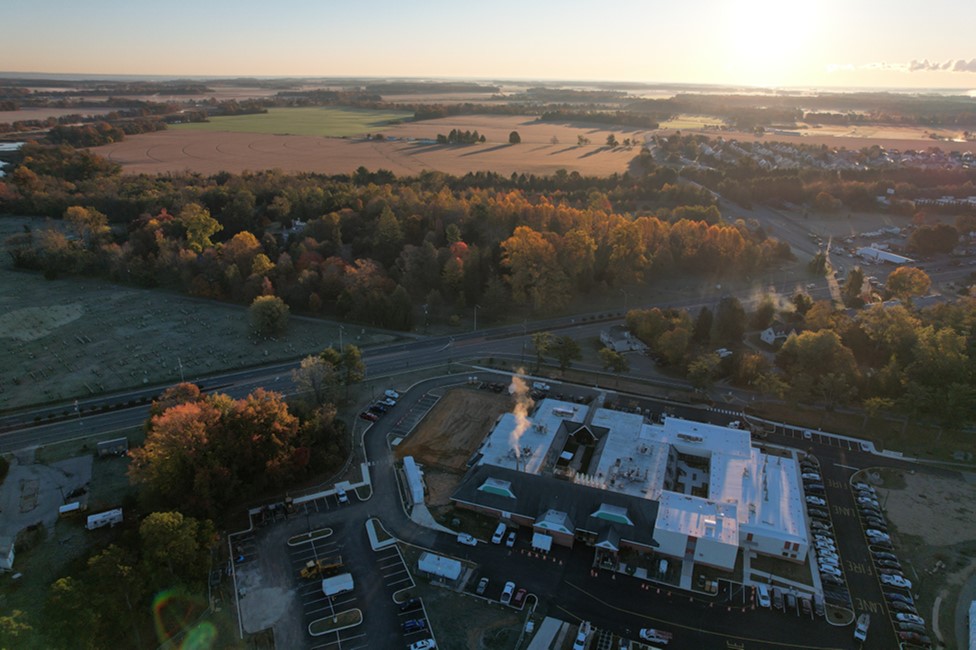
The Delaware Public Health Laboratory (DPHL) is centrally located within the state, inside the historic town of Smyrna, DE. Due to Delaware's unique geographic size, 95 miles long and 35 miles wide at its furthest points, DPHL has the unique capability to provide same-day service to our submitters. A statewide courier system picks up samples daily, throughout the state, and returns them to the Laboratory each afternoon, Monday through Friday. Additionally, the courier system can respond 24/7 to high priority samples and during public health emergencies.
DPHL receives specimens from a variety of submitters from a variety of sources: from infectious disease testing for correctional facilities, state service centers, School Based Wellness Centers (SBWC) and Federally Qualified Health Care Centers (FQHC), environmental testing of drinking water samples from public and private wells to food and animal samples submitted from Delaware's Division of Agriculture (DDA) to Division of Natural Resources and Environmental Control (DNREC).
The DPHL uses Delaware's small size to rapidly perform testing and return results to submitters, often the same day samples are received. The Laboratory also offers educational tours and information for interested parties.
History: The DPHL was established in April 1899 in Newark. The trustees of Delaware College, now the University of Delaware, provided space and renovations in the main building's east wing. The laboratory tested water and food, for bacteria and chemicals, as well as clinical samples for infectious organisms including diphtheria and tuberculosis. As technology evolved, the laboratory's testing capabilities expanded to include various bacterial and viral agents. To keep health care providers and agencies informed of significant developments, the laboratory began publishing a quarterly bulletin which today is called the LabOrator.
The Delaware Public Health Laboratory (DPHL) moved five more times in a perennial search for additional space. Initially, the laboratory moved above Hinkley's Feed Store in Dover, its municipal home for many years. Then it moved to the Margaret O'Neill Building on Federal Street. In 1960, the laboratory moved across the street to the basement of the Jesse Cooper Building and, by 1985, the laboratory had outgrown its space. The discovery of asbestos precipitated relocation to three modular buildings at the Department of Natural Resources and Environmental Control on Kings Highway in Dover. By May 1989 plans were underway to build a new facility in Smyrna on the grounds of the Delaware Hospital for the Chronically Ill. The new laboratory opened in 1990.
Since then, the facility has expanded its services by leaps and bounds. The laboratory tests drinking water for bacteria and chemicals and detects rabies. It also tests for sexually transmitted infections and monitors the emergence of drug-resistant microorganisms to prevent the spread of infection and save lives.
In 2005, the facility added a Biosafety Level III (BSL3) area to increase capabilities to test for biothreat agents and became a member of Laboratory Response Network (LRN) CDC.
The environmental and molecular microbiology section introduced new technology, including whole genome sequencing for food borne illness, molecular testing for Norovirus, Pertussis (whooping cough), West Nile Virus (WNV) and rapid detection methods for potential biothreat agents and emerging infectious disease (EID).
The DPHL has participated in a variety of state and national outbreak through surveillance activities. This includes sporadic outbreaks due to foodborne diseases, vaccine preventable diseases (measles, mumps, pertussis), and antimicrobial resistant organisms in healthcare settings. Beyond sporadic outbreaks, DPHL has been at the forefront of pandemic response. In 2009, the DPHL were one of the first Public Health Laboratories in the nation to identify cases of the CDC Novel H1N1 Flu | The 2009 H1N1 Pandemic: Summary Highlights, April 2009-April 2010. Again, in 2014, DPHL worked with national partners to utilize resources and increase capabilities to test suspected cases from the 2014-2016 Ebola Outbreak in West Africa | History | Ebola (Ebola Virus Disease) | CDC.
Further, the DPHL also provides technical support, supervision and courier service to DPH satellite laboratories and other health care facilities across Delaware. DPHL collaborates with the Federal Centers for Disease Control and Prevention (CDC), local laboratories, health professionals, and educational institutions to identify health threats, alert health authorities and train laboratory staff and other health care providers.
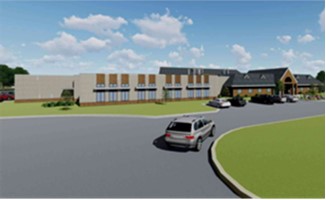
Currently, the Laboratory is utilizing a variety of funds to expand our current infrastructure, improving the existing spaces, and improving synergy within DPH by building a new building with a BSL3, training/reference lab, and administrative spaces for DPH programs that work directly with DPHL to respond in real-time to state reportable diseases, potential outbreaks, and improving/enhancing surveillance activities. The laboratory construction projects, laboratory expansion and three-story Lab/Infectious Disease Prevention and Control (IDPC) are proposed to be completed in Spring 2024 and Summer 2025, respectively.
The DPHL is divided into the following core laboratory disciplines:
Clinical Microbiology: The Clinical Microbiology section tests clinical sources for the presence of infectious pathogens. Testing includes, but not limited to, traditional microbiology through culture identification and antimicrobial susceptibility of pathogenic bacteria, from a variety of sources (urine, throat, wounds, and sterile sites). Additionally, DPHL is the only laboratory in the state that maintains enhanced biosafety level spaces specifically within the section to perform recovery, identification and drug susceptibility testing of acid-fast bacilli (AFB) for confirmation of Tuberculosis (mycobacteriology), as well as conventional biothreat testing for Anthrax, Brucellosis, Tularemia, Glanders/Melioidosis, and the Plague. Additionally, DPHL is part of the About the AR Lab Network | CDC, which provides laboratory methods to detect and identify antimicrobial resistance mechanisms, primarily for Carbapenemase Resistant Enterobacteriaceae (CRE), but also for other high consequence pathogens that pose a threat to healthcare settings (Candida auris, etc.). Further, the section maintains capabilities to serve as a state reference laboratory, offering confirmation of bacterial foodborne cases (Salmonella, Listeria, etc.), pathogens that cause hospital acquire infections (HAI), and atypical bacterial cases that cannot be ruled out by the submitter.
Molecular Virology: The Molecular Virology section provides testing for viruses of public health significance, such as Rabies, West Nile Virus, Eastern Equine Encephalitis (EEE), Saint Louis Encephalitis (SLE), Influenza and other respiratory viruses (SARS-CoV-2, etc.). The section also provides molecular based testing for rapid response to several public health pathogens, including vaccine preventable diseases (VPD) such as Pertussis, viral foodborne disease (Norovirus), and potential biothreat agents. The DPHL is the only laboratory in Delaware that can test for Rabies in animals that may have exposed humans through contact with rapid animals.
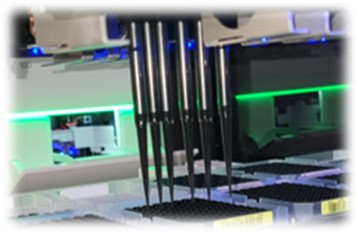
Sequencing and Bioinformatics: With the evolution of genetic testing technology, DPHL's newest section invested heavily during the COVID-19 Pandemic in Next Generation Sequencing (NGS) technology to perform an array of laboratory tests to enhance and expand capabilities. Initially, NGS was critical for identifying SARS-CoV-2 variants, as part of SPHERES | CDC. Beyond SARS-CoV-2 variant classification, DPHL can identify potential outbreaks through PulseNet | PulseNet |CDCfor foodborne diseases, as well as pathogens associated with Hospital Acquired Infections (HAI). Further, the Sequencing Section can confirm identification of genetic markers (antimicrobial resistance, virulence, etc.) and novel pathogens (previously unidentified, Clinical Isolation and Identification of Haematospirillum jordaniae - Volume 24, Number 10-October 2018 | Emerging Infectious Disease journal - CDC).
Due to the complexity of the technology, and the amount of data generated from testing, DPHL invested heavily in bioinformatics and data modernization. Resources such as Advanced Molecular Detection (AMD) and Response to Infectious Disease Outbreaks (cdc.gov) enables DPHL to expand testing beyond foodborne disease outbreaks and SARS-CoV-2 variants, with future methods for Tuberculosis, Hepatitis C Virus (HCV), and Influenza, among the few.
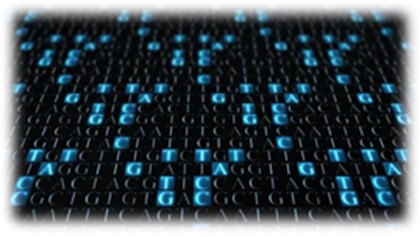
Conversely, Bioinformatics plays a pivotal role in advancing public health through expertise in analysis of NGS data generated by the genomic sequencing group. Leveraging various cutting-edge workflows and sophisticated pipelines, these bioinformaticians examine the genomic data. By doing so they can trace the routes of transmission, assist epidemiologists to identify potential sources of outbreaks and understand how disease is spread within the community, particularly in congregate settings, like academic institutions, corrections, or Long-Term Care Facilities (LTCF). DPHL is the only laboratory in Delaware that utilizes NGS to identify outbreaks associated with foodborne pathogens.
Sexually Transmitted Infections: The Sexually Transmitted Infections section tests for Chlamydia, Gonorrhea, Trichomonas (sexually transmitted diseases, or STD's) utilizing high complexity automated instrumentation. This instrumentation was paramount as a high speed/high throughput method to supplement Polymerase Chain Reaction (PCR) for identifying SARS-CoV-2 during the height of the COVID-19 Pandemic. Additionally, the section tests for HIV, Syphilis and Hepatitis C virus.
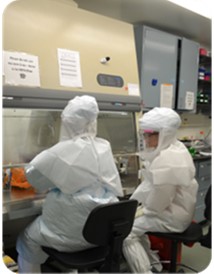
Biological and Chemical Preparedness: The Delaware Public Health Laboratory (DPHL) is a level B reference laboratory in CDC's Laboratory Response Network (LRN) which can perform confirmatory testing on clinical or environmental samples for biological agents related to bioterrorism. In the months following September 11, 2001, DPHL tested 175 suspicious powders and samples for Anthrax. Microbiologists were on call 24 hours a day, 7 days a week to provide rapid results - usually within 48 hours. DPHL still maintains similar levels to ensure Delaware is prepared in the event of a biothreat.
DPHL is also a member of Food Emergency Response Network (FERN) (fernlab.org and can test food samples for foodborne outbreaks or biological agents related to bioterrorism. The biological preparedness section is responsible for training and ensuring that clinical microbiology (sentinel) laboratories throughout the state are proficient in the testing performed to rule out bacterial agents that may be used in a biological terrorist act.
The DPHL works closely with the Division of Public Health Emergency Management and Preparedness Section (EMSPS) and other state and national partners in planning and exercising drills related to emergency response for public health events or disasters that may impact Delawareans. DPHL coordinates testing, training and exercising of plans with hospital partners and laboratories for emergency preparedness activities.
DPHL is a level-three laboratory for the LRN chemical terrorism which provides training and guidance to sentinel laboratories (clinical, agricultural, environmental, academic and industry) for packaging and shipping of biological or chemical terrorism testing on clinical specimens.
Through the recent Ebola outbreak, COVID-19 pandemic, and other laboratory exposures in the U.S., greater attention has been given to biosafety and biosecurity from a preventative perspective. DPHL were able to advocate for a new position, Biosafety/Biosecurity Officer, to work closely with all laboratories, including hospitals and other healthcare facilities in Delaware to enhance the levels of biosafety and biosecurity preparedness and laboratory practices.
Environmental Monitoring/Wastewater: The Environmental Laboratory (EL) Section is a certified drinking water laboratory for bacteriology, inorganic, and organic testing methods. The laboratory follows Safe Drinking Water Act (SDWA) | US EPA to ensure the safety of drinking water for all the citizens of Delaware. The EL is the Primacy State Laboratory with certification officers authorized by the EPA to audit and certify private laboratories in the state for water bacteriology, organics, and inorganics testing.
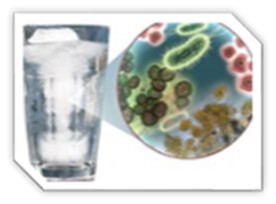
Private well owners are responsible for testing their water. They may contact private commercial laboratories certified to test drinking water quality or the Delaware Public Health laboratory (DPHL). It is recommended to test private well water annually for nitrates and coliform bacteria. More frequent testing, however, may be needed if a problem is suspected. Consumers of public water systems are not responsible for getting their water tested. The DPHL under EPA mandate regularly tests public water systems through the Office of Drinking Water. DPHL does not test private drinking water wells for non-prescribed chemical or bacterial contaminants unless the DE Office of Drinking Water submits the sample to the laboratory. Homeowners must contact the Office of Drinking Water or a private laboratory for this additional testing. For a list of laboratories certified to conduct drinking water testing, contact the Office of Drinking Water.
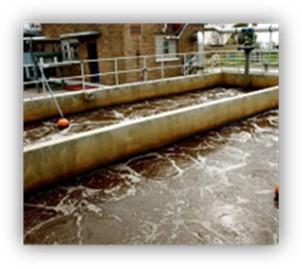
DPHL's wastewater surveillance testing is a predictive method to monitor disease for more rapid public health response. Currently, DPHL tests wastewater using digital Polymerase Chain Reaction (dPCR) for detection of SARS-CoV-2 and Influenza Virus A and B with future testing of public health threats. Testing data represents a large portion of the state as most towns are part of municipal sewage collection systems. DPHL wastewater data is shared with public health epidemiologists, uploaded to the National Wastewater Surveillance System (NWSS) | National Wastewater Surveillance System |CDC as well as other public health laboratory programs. The data is available on the CDC COVID Data Tracker: Wastewater Surveillance.
Regulatory/Compliance: The Delaware Public Health Laboratory (DPHL) requires extensive oversight of testing and report analytical data, mostly from Federal regulations. For clinical testing, DPHL adheres to Clinical Laboratory Improvement Amendments (CLIA) | CMS. Additionally, the DPHL monitors and inspects CLIA certified laboratories throughout Delaware to ensure compliance with operational standards.
For drinking water testing, DPHL must adhere to Environmental Protection Agency (EPA) standards as part of the Safe Drinking Water Act (SDWA) | US EPA. Additionally, DPHL serve as Certification Officer to laboratories in the State for testing compliance. Details can be found at Certification of Laboratories that Analyze Drinking Water Samples to Ensure Compliance with Regulations | US EPA.
Return to the Delaware Public Health Laboratory home page.
This page was last updated 12/2023
![]() Please note: Some of the files available on this page are in Adobe PDF format which requires Adobe Acrobat Reader. A free copy of Adobe Acrobat Reader can be downloaded directly from Adobe . If you are using an assistive technology unable to read Adobe PDF, please either view the corresponding text only version (if available) or visit Adobe's Accessibility Tools page.
Please note: Some of the files available on this page are in Adobe PDF format which requires Adobe Acrobat Reader. A free copy of Adobe Acrobat Reader can be downloaded directly from Adobe . If you are using an assistive technology unable to read Adobe PDF, please either view the corresponding text only version (if available) or visit Adobe's Accessibility Tools page.